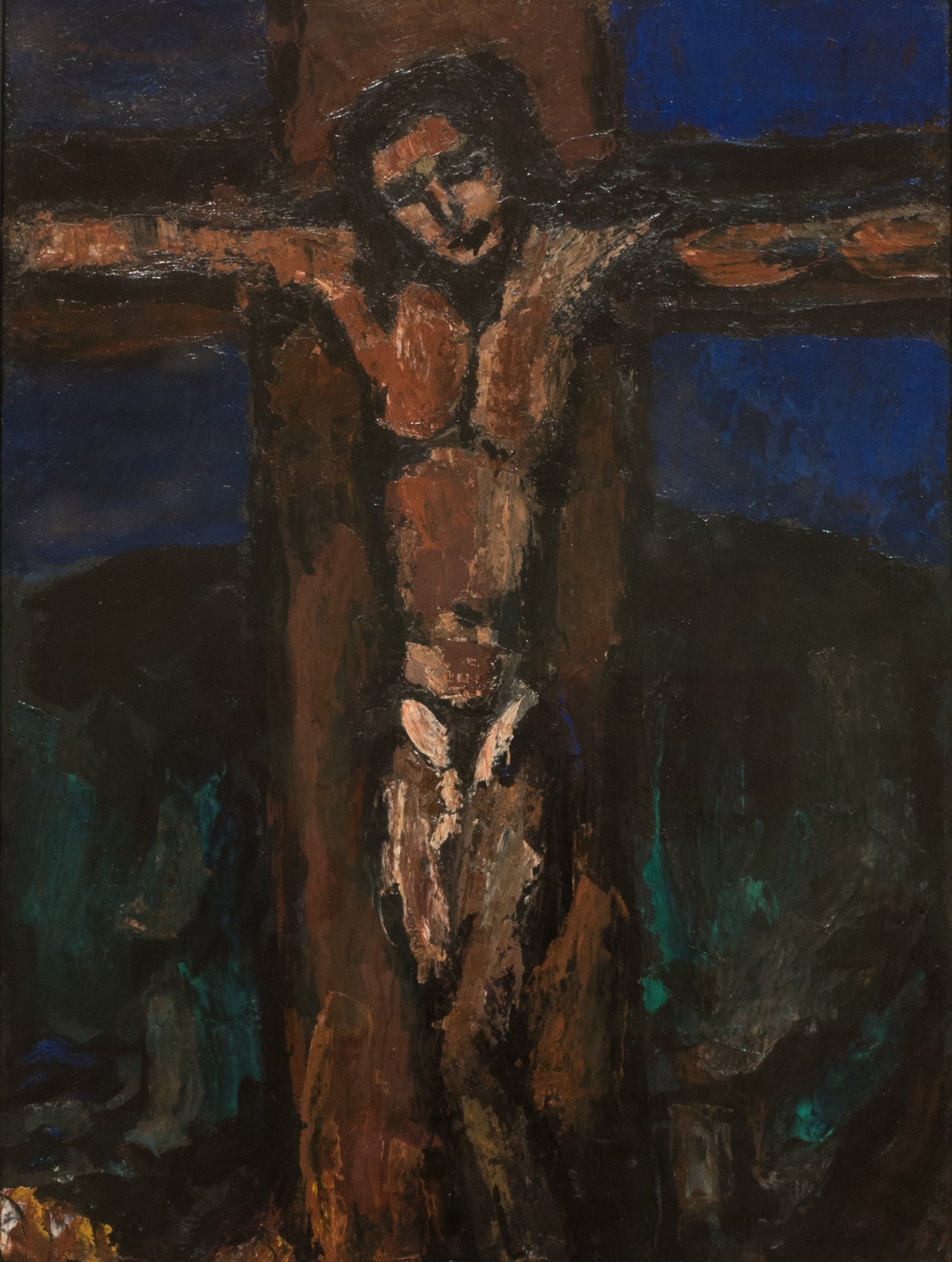
O sacred head, sore wounded, defiled and put to scorn;
O kingly head surrounded with mocking crown of thorn;
What sorrow mars thy grandeur? Can death the bloom deflower?
O countenance whose splendor the hosts of heaven adore!
Thy beauty, long desired, hath vanished from our sight;
Thy power is all expired, and quenched the light of light.
Ah me! For whom thou diest, hide not so far thy grace:
Show me, O Love most highest, the brightness of thy face.
—Paul Gerhardt
Last week, I started a discussion on the use of objective beauty to re-enchant the Gospel in our worship, as well as in our mission to put feet to the Gospel. I was reminded of a foundational missing piece (which is included in the complete article to be published in Anamnesis here in early April).
Here is the missing piece, rooted in the theology of twentieth century theologian Hans urs von Balthasar. In his great work The Glory of the Lord, Balthasar proposed that the order of the classical transcendentals, typically listed as truth, goodness and beauty, should be reversed in our reflection to beauty, goodness and truth. Why? He was convinced that over the past four or five centuries, objective beauty had been marginalized or even neglected from theological discourse. Balthasar claimed that when beauty is “made” absent through neglect or intentional marginalization, the good is no longer attractive, and ultimately the true no longer matters! His perspective was that beauty forms the background or context for the true and the good, and for precisely that reason he sees that theological discourse should start with beauty. Together, beauty, goodness and truth reveal the very nature of God manifested uniquely and ultimately in Jesus the Christ, the objectively Beautiful One—not comely, but beautiful.

On this topic Joseph Ratzinger (Pope Benedict XVI) wrote,
“In the Passion of Christ the … experience of the beautiful has received new depth and new realism. The One who is Beauty itself let himself be slapped in the face, spat upon, crowned with thorns.… However, in his Face that is so disfigured, there appears the genuine, extreme beauty: the beauty of love that goes ‘to the very end.’”
The icon of the crucified Christ
“imposes a condition: that we let ourselves be wounded by him, and that we believe in the Love who can risk setting aside his external beauty to proclaim, in this way, the truth of the beautiful.”
In the encounter of the truly objectively Beautiful One, we are arrested, claimed, and sent. Or to state it another way, we are stopped, transformed and dispatched on mission. As we enter into the core of Holy Week and prepare for the Triduum, let us allow the Beautiful One to wound us with his love. Let us remember the immense sacrifice of our Savior, bearing our ugliness, sin, arrogance, humiliation and sorrow. And let us believe and follow that love to the end, reaching out with the embrace of Christ to reconcile all humankind and all of creation to God.
Remember.
The Lord be with you,
James R. Hart, President
Part of this post is a segment of a longer article I have written for Anamnesis, the IWS alumni newsletter that will be published here in early April. Please check this out for a more developed look at objective beauty in worship.
